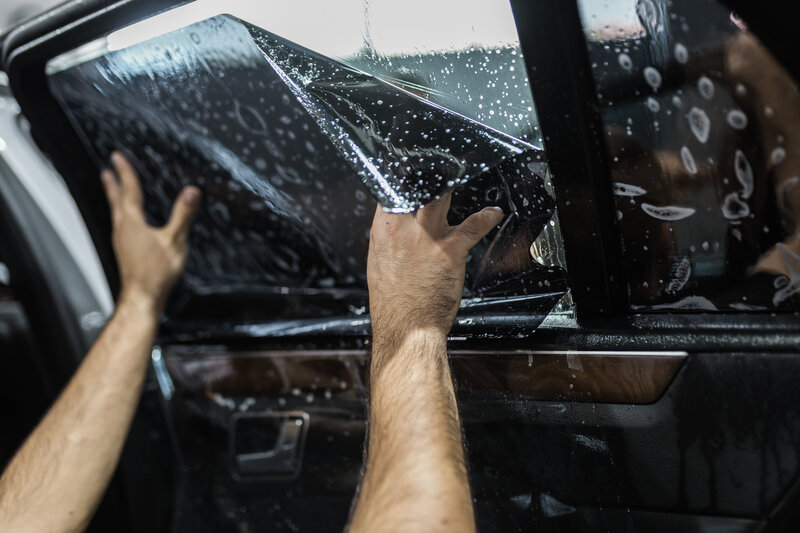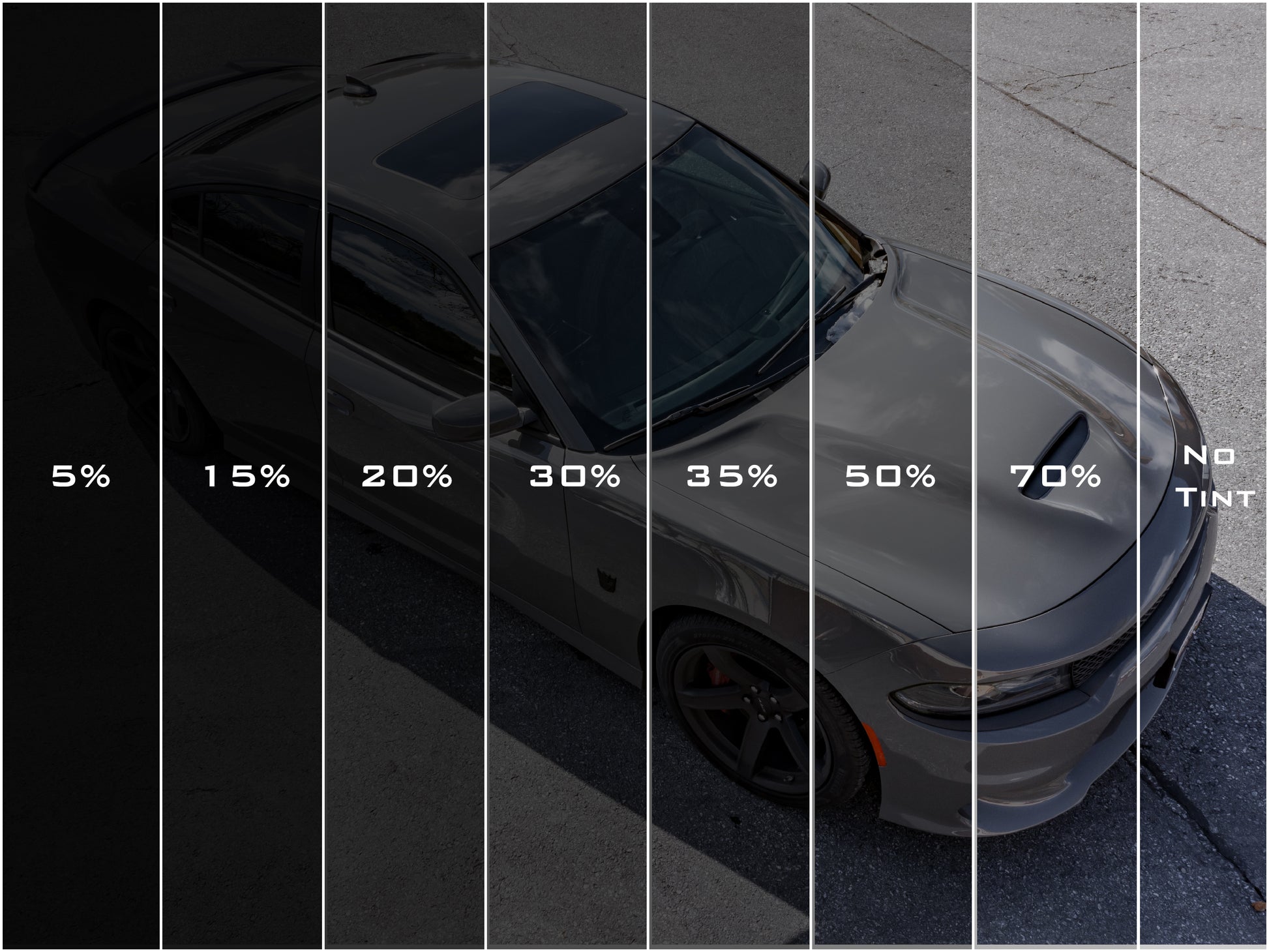Premier Auto Window Tinting Services in Your Area
Wiki Article
Window Tinting Laws and Standards: What You Need to Know Prior To Tinting Your Car
Prior to continuing with home window tinting for your lorry, it is essential to familiarize on your own with the diverse regulations and guidelines that control this method across different states. These regulations determine the permitted levels of tint darkness, frequently measured by noticeable light transmission (VLT) percentages, and consist of details stipulations for front windscreens aimed at ensuring roadway safety and security.Overview of Home Window Tinting Rules
Window tinting regulations are regularly subject to variation across different jurisdictions, mirroring regional regulations and safety considerations. These laws determine the allowable degrees of color darkness and reflectiveness on automobile windows, making sure that chauffeurs maintain appropriate exposure while also protecting versus unsafe UV rays and warmth.Many regulations identify home window tinting based on the Visible Light Transmission (VLT) percent, which indicates the amount of light that can pass with the window. Normally, lower VLT percentages signify darker colors. Laws commonly distinguish in between the front, side, and rear home windows, with stricter constraints applied to the front windscreen to enhance safety for both the driver and other road individuals.
Compliance with window tinting regulations is crucial, as offenses can result in fines, required elimination of the color, and prospective rises in insurance premiums. It is essential for automobile owners to familiarize themselves with neighborhood regulations before proceeding with window tinting setups.
State-by-State Color Regulations
Understanding the particular home window tinting policies in each state is important for automobile owners looking for to follow the legislation. Each state in the united state has developed its own set of guidelines governing window tinting, which can vary substantially. These regulations commonly determine the permitted levels of color darkness, the types of windows that can be tinted, and any type of clinical exemptions that might apply.For instance, states like The golden state have strict limitations on tint darkness for front home windows, while others, such as New Mexico, might permit darker colors. Additionally, particular states mandate certain visibility portions for numerous windows, consisting of the windscreen, front side windows, and back windows. It is essential for auto proprietors to acquaint themselves with their state's legislations to prevent possible fines or fines.
In addition, some states may call for an accreditation sticker label to be put on colored windows, showing conformity with state laws. Failure to follow these laws not only runs the risk of legal consequences but can additionally impact safety and security and exposure while driving. As a result, lorry owners should perform detailed research or seek advice from neighborhood authorities to ensure complete understanding and conformity with state-by-state tint guidelines.
Allowed Tint Kinds and levels
Lots of lorry proprietors may be shocked to find out that allowed color levels and types vary extensively throughout different states. Each state has actually developed its own regulations concerning the permissible darkness and reflectivity of window color, often gauged by Visible Light Transmission (VLT) percents. VLT refers to the quantity of light that can go through the colored windows; hence, a lower percentage shows a darker color.
In addition, the kinds of tint materials enabled can vary, with some states restricting mirror-like or metal finishes. It is important for lorry owners to familiarize themselves with their state's certain laws to ensure compliance. Non-compliance can cause fines, mandatory removal of the color, or various other lawful repercussions, making it vital to comprehend these policies before proceeding with installment.
Medical Exemptions for Tinting
While not all states provide allowances for clinical exceptions concerning window tinting, those that do identify the requirement for specific individuals to enhance presence and convenience because of medical problems. Various clinical problems, such as lupus, skin cancer cells, and specific eye problems, can make individuals particularly conscious sunshine. Subsequently, these people may call for darker tints to protect themselves from damaging UV rays and glow.
It is very important to note that despite having a clinical exception, there might still be restrictions on the degree of color allowed. Conformity with state laws makes sure that people are both secured and within legal restrictions. Those considering clinical exceptions should contact their neighborhood Department of Motor Vehicles or equal authority to understand the demands and treatments required to obtain an exception properly.
Charges for Non-Compliance
Falling short to follow window tinting regulations can lead to significant penalties, which differ by state. Law enforcement companies are empowered to release citations for automobiles that do not stick to the defined tinting guidelines. These fines normally include fines, which can range from small total up to several hundred dollars, relying on the extent of the infraction and the state concerned.In some jurisdictions, duplicated offenses may result in escalating fines or additional penalties, such as required court appearances. Moreover, non-compliance might demand the removal of prohibited tinting, often at the owner's expense. In extreme cases, have a peek here regular wrongdoers might deal with suspension of their car enrollment until conformity is attained.
In addition, insurance policy ramifications may emerge from obtaining numerous citations for home window color offenses. Insurers may view such violations as an indication of riskier behavior, possibly causing increased costs or difficulty in coverage.
To avoid these charges, it is critical for vehicle proprietors to familiarize themselves with their neighborhood window tinting legislations and guarantee that their lorry complies (Window Tinting). This proactive strategy not just avoids lawful ramifications however also advertises road safety and security
Conclusion

A lot of guidelines categorize home window tinting based on the Visible Light Transmission (VLT) percentage, which indicates the amount of light that can pass with the home window. Compliance with window tinting policies is critical, as offenses can result in fines, mandatory elimination of the tint, and prospective increases in insurance policy costs.Recognizing the details window tinting regulations in each state is important for car owners seeking to abide with the law. These laws typically dictate the allowed degrees of tint darkness, the kinds of home windows that can be tinted, and any kind of medical exceptions that might apply.
For instance, states like California have rigid limitations on tint darkness for front windows, while others, such as New Mexico, may permit darker colors.
Report this wiki page